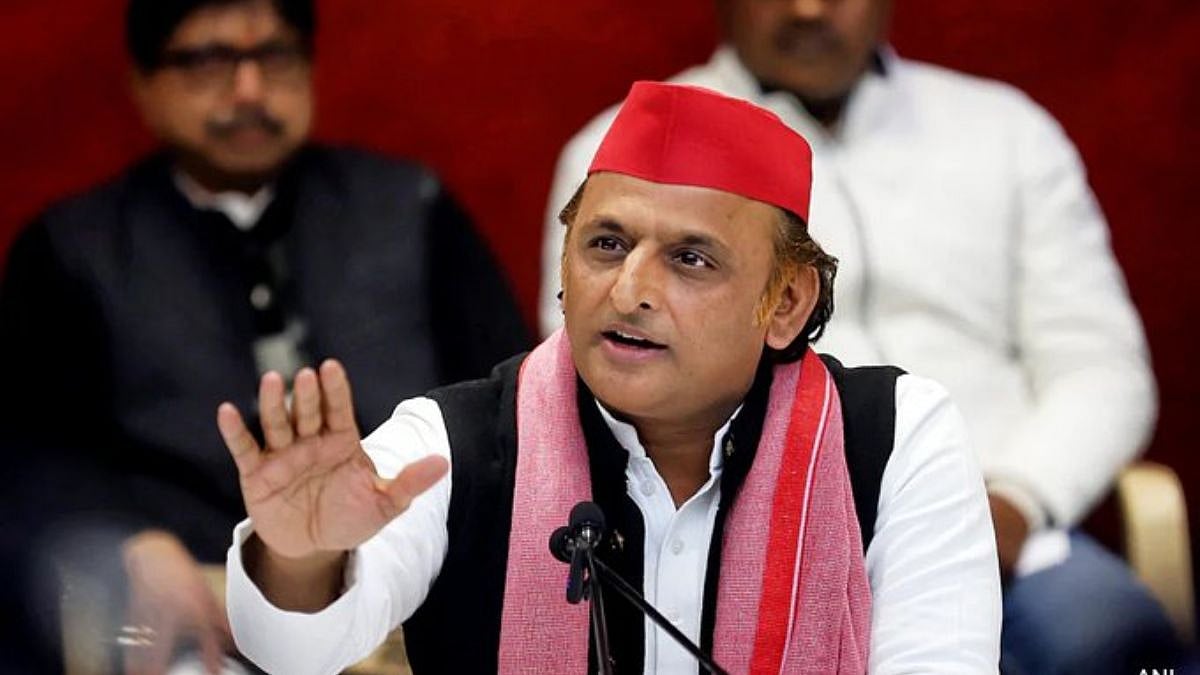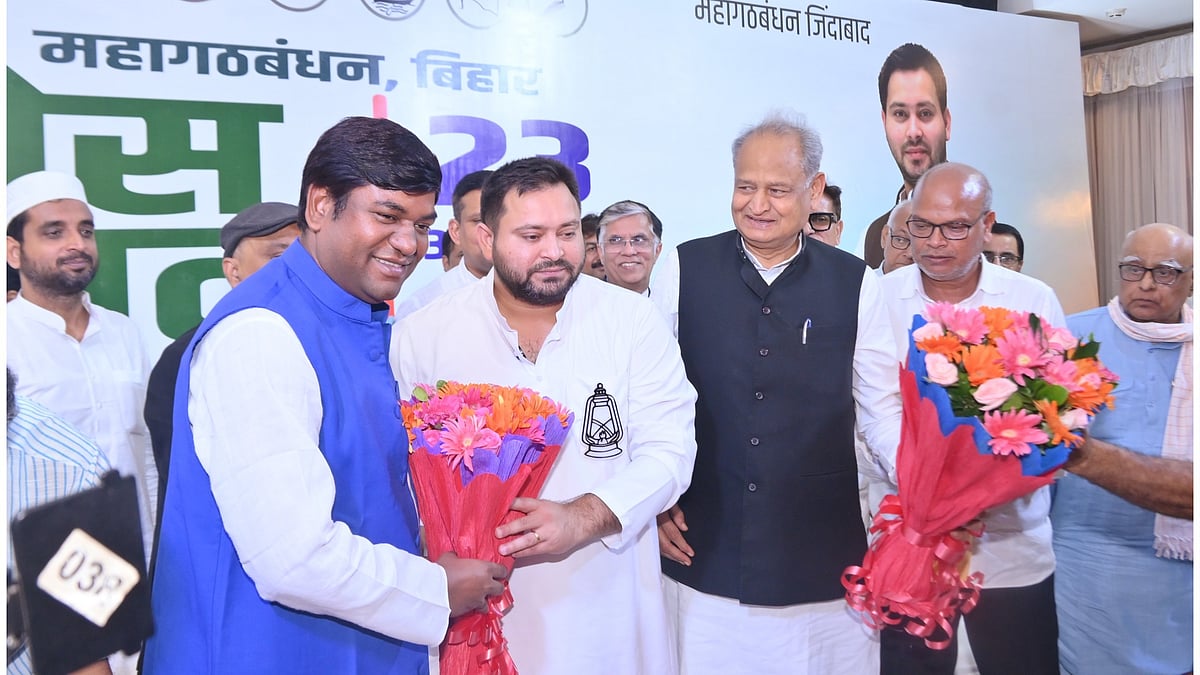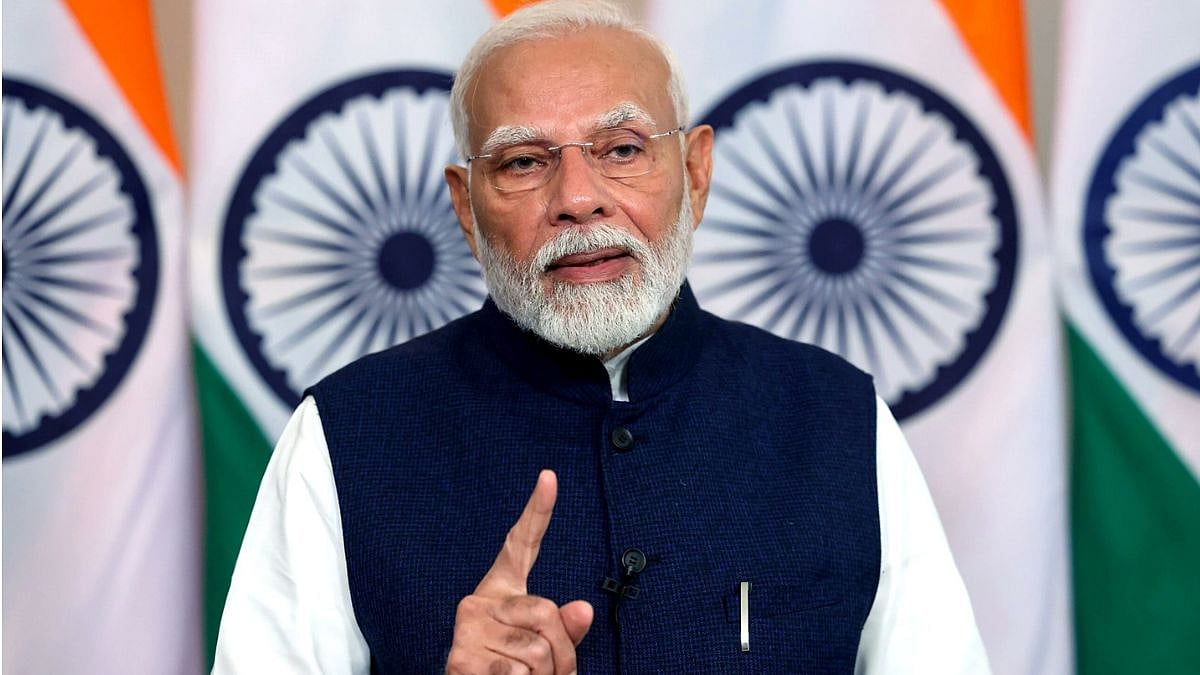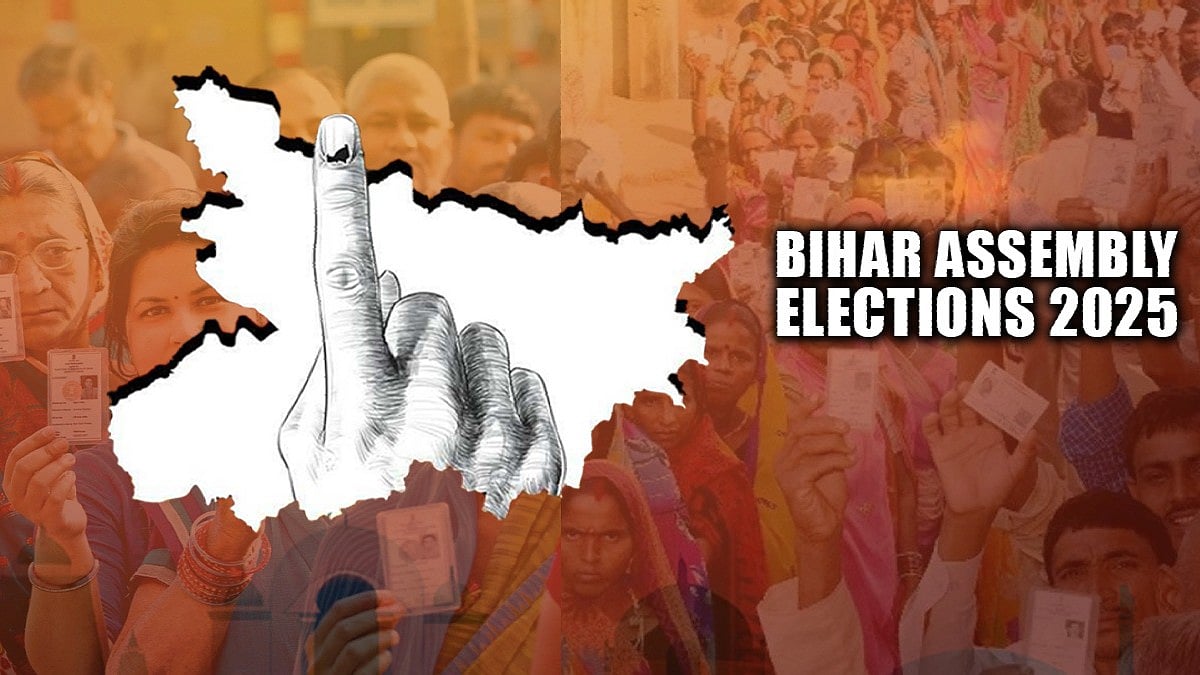There were quiet risings in a handful of neighbourhoods across Mumbai in the last few weeks. Residents in Juhu and Bandra formed groups within their localities to protest and push back the proposal of building underground car parks below existing recreation parks.
The Brihanmumbai Municipal Corporation (BMC), in its annual budget, selected two parks in these areas which, officials said, would be shut down, trees uprooted, and “restored” once the underground parking was constructed.

At Juhu’s Pushpa Narsee Park, marked for the underground parking, residents gathered for meetings to thrash through the idea, formed Whatsapp groups with hundreds of members in them, signed petitions in thousands, approached the local MLA with reasons for not converting the park into a parking lot, and even offered alternatives. Bandra’s Patwardhan Park also saw similar action by residents. The BMC’s proposal may not be off the table completely yet, but the message has hit home that it cannot simply usurp a public good in an area and expect that people will allow it to happen.
Neighbourhood parks and open spaces tend to be under-valued in a congested city like Mumbai where the prevailing — and wrong — notion is that it is starved of land. In the name of ‘development’ and providing civic amenities, working with the mindset that open spaces or parks are only place-holders for future construction, the municipal corporation blithely appropriates what it can. Constructing parking zones is also good for its own revenue and for issuing contracts to manage the parking activity. The proposal, then, sounds good to many stakeholders — car owners and users, contractors, the municipal corporation itself — but it spells destruction of a neighbourhood. Why the city’s private car registrations have exponentially increased is another story.
Juhu’s Pushpa Narsee Park, spread over more than 7,000 square metres with cycling and jogging tracks and open space, that’s also used for a farmers’ market, is an example of what neighbourhood collective action can do. Residents, driven and backed by architects and planners in the area, solicited the support of elected representatives. Local citizens’ action was earlier seen in the sustained agitation against the metro car shed in Aarey forest too where people, living nearby and farther away too, joined forces to push back the project — in vain as it now appears. Neighbourhood action by the fisherfolk in Koliwadas along the stretch of the Coastal Road eventually pushed the state government to finally increase the span of the columns from 60 metres to 100-120 metres to allow fishing boats to pass through.

When something in a neighbourhood is threatened and local residents rise to protect it from definite ruin, it is citizen action at its best. Neighbourhoods, cohesive or not, were supposed to function like a collective where people living in proximity shared public spaces, cared about the spaces, and banded together to protect them from being reduced to plots for construction. They do not always function like a collective because, in the dominant socio-economic structure in Mumbai, people tend to be atomised and individualised. It is, more often than not, each one for himself or herself and their family.
Cooperative housing societies, which are the largest form of formal housing in the city for middle and upper-middle classes, sometimes display a cooperative character and sometimes not; they also become the stage for some fierce fights within. Residents of informal housing — mainly slums — are occupied with getting through the day and their work, besides, they are often at the mercy of the local strongman who may also be an elected representative or political leader. So neighbourhood action, while desirable, may not happen.
Yet, without committed and strong involvement of residents in the way their neighbourhood develops, especially when its public spaces are threatened, the city would find it difficult to hold on to its remaining public spaces and green areas including parks. Or to influence change in the development model which prioritises construction driven by profit-motive, and instead make the conservation of the green and open spaces important. Neighbourhood vigil and action, the sense of collective which emerges from the action, and the possibility of change for a more holistic local area development it offers are important as cities ‘develop’.
Going further, this can become the template for neighbourhood-based urban planning which should be the way forward as cities draw up their development plans for the next 20-25 years. The way planning happens now almost precludes the involvement of people in determining what they would want in their neighbourhoods and how they would like their neighbourhoods to develop in the future. Neighbourhood-based planning which informs the master development plan and segues into it is the ideal way to plan cities.
However, this is not an easy task to accomplish, given that a neighbourhood is hardly homogenous and people living there may desire different things around them from their perspectives of what ‘development’ means. Neighbourhood conflicts are legendary too, especially in cities like Mumbai with scarce amenities and contestation for their use. Some in Juhu may have wanted their neighbourhood park to be converted into a parking lot because it offers ease and convenience for vehicle owners; older neighbourhoods do not have parking areas or allotted spaces within housing complexes.
Yet, if they are convinced of the need for common amenities and recreation options such as open spaces and parks, that these too are essential to the community and people’s health, they often come around. There’s also the power of the collective — when hundreds of people who are friends or acquaintances gather to protect an open space or park, no one wants to be on the other side of the line, at least not openly so. Neighbourhood planning, therefore, is not easy in even small areas, let alone large and mixed ones that Mumbai has.
The concept of neighbourhood planning is credited to the American architect Clarence Perry almost a century ago but has evolved since then with cities around the world adapting its basic approach to local conditions. This, to some extent, informed the master plans of the first planned cities after India became independent where Chandigarh and Bhubaneswar were designed as sets of self-sufficient sectors or neighbourhoods each of which had all amenities for their residents, and were joined by arterial roads.
However, this is a limited understanding and possibility of the idea and potential of neighbourhood-based planning, in that the plan for an area is still a top-down one in which people are the end-users without a voice in how the neighbourhood was shaped. Neighbourhood-based planning should ideally call for the involvement of all residents and users of that neighbourhood to deliberate on how they would want it to be developed, what activities and amenities they aspire to have there, and iron out contesting aspirations through dialogues and discussions centred on two clear aspects: the conservation of the neighbourhood’s green open areas and water bodies, and the larger public good.
This also helps to address the spatial inequality which is so deeply ingrained in our cities, especially Mumbai, that it usually goes unrecognised. And it can connect people deeper with the natural areas, recreation parks and open spaces around them. That a top BMC official sought to assuage Juhu’s protestors saying that “minimum trees will be cut… once the parking lot is constructed the park will immediately and fully restored to its original condition” only shows the shallow understanding and myopic view that the civic body has about parks and trees. With the BMC in this mode, only citizens and neighbourhoods hold the hope for Mumbai.
Smruti Koppikar, journalist and urban chronicler, writes extensively on cities, development, gender, and the media. She is also the Founder Editor of ‘Question of Cities’










